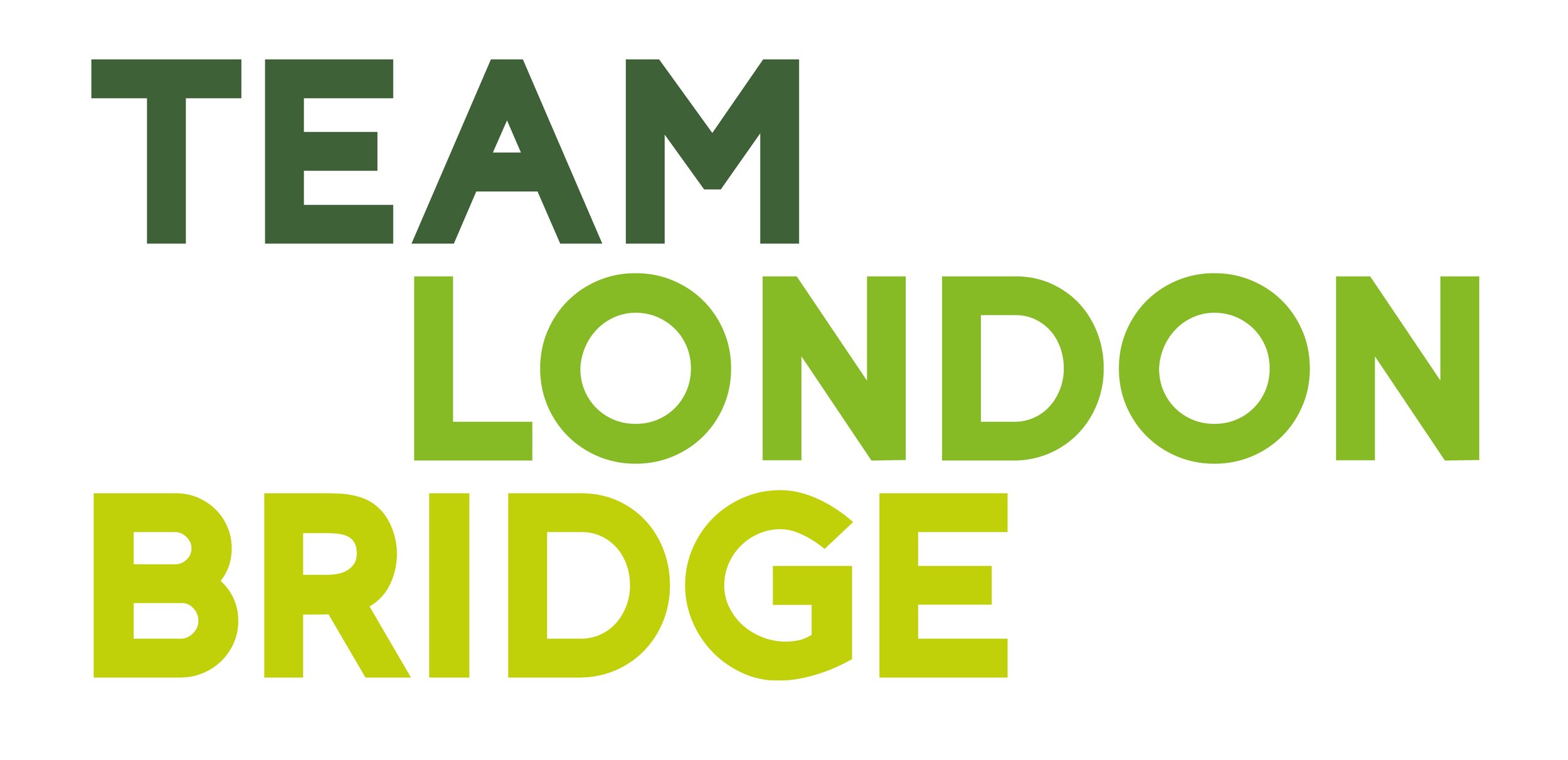Our London Bridge Routemap to Zero Carbon
Team London Bridge has partnered with sustainability experts Useful Projects and xtonnes to devise a roadmap to decarbonise London Bridge.
The Routemap has been driven by the London Bridge business community and was formed through a rigorous consultation processes to make it ambitious yet practical and achievable.
This decarbonisation strategy will be aligned with key policy from Southwark Council and the GLA and will allow London Bridge to meet its ambitions to become one of the most sustainable areas in the world to do business and tourism.
Net Zero by 2030
This Routemap sets outs how the London Bridge BID can achieve a net zero by 2030 target, in alignment with Southwark Council. It also recommends that all businesses within the BID, including TLB, set science-based targets.
Proposed Approach to Decarbonise London Bridge’s BID
Three types of actions are proposed in this Routemap:
Enabling Mechanisms: Transitioning to carbon neutrality requires an investment in enabling mechanisms. This will build the area’s and individual organisations’ capacity to accelerate decarbonisation and implement more complex project. Five types of enablers are presented in this Routemap.
Communal Projects: Five large-scale projects are proposed, addressing the area’s largest sources of carbon emissions. These projects require multi-stakeholder collaboration in order to be effectively delivered.
Business-led Interventions: A series of interventions have been proposed for each different business type explored in this document: offices, food and drink businesses, retail, hospitality, healthcare and theatre. These interventions will help them reach net zero carbon.
Proposed Approach
3 types of actions supported by a Transition Fund
For the BID to achieve net zero by 2030, a combination of these three types of actions will be required, as well as some level of offsetting once carbon emissions have been reduced as much as possible. It is why the creation of a Sustainable Transition Fund is also recommended, which would be administered and spent on local sustainable projects to deliver local benefits.
Carbon Baseline Key Findings
The carbon baseline, produced by xtonnes, follows the internationally recognised carbon accounting methodology set by the Greenhouse Gas Protocol.
In 2019, the businesses, including landlords, in the London Bridge BID were responsible for 130,000 tonnes of CO2e. This is equivalent to powering 25,295 homes a year, which is almost a fifth of the London Borough of Southwark’s total homes.
65% of the area’s carbon footprint is associated with heating, cooling and powering buildings.
Offices in the London Bridge BID account for 49% of the area’s carbon emissions, which is not surprising as they are the most represented business type in the area.
Proposed Actions Key Findings
Decarbonisation Pathways
Indicative decarbonisation pathways were produced for two scenarios: a conservative one and an ambitious one. With the conservative scenario, a 30% reduction in carbon emissions across all Scopes is achieved by 2030 and a 41% reduction by 2050. With the ambitious scenario, a 62% reduction in carbon emissions across all Scopes is achieved by 2030 and a 91% reduction by 2050.
These pathways also demonstrate that the delivery of the proposed communal projects can significantly reduce Scope 1 and 2 emissions and therefore help the BID achieve its net zero by 2030 target.
Our Recommendations
Collaboration between landlords, tenants and local businesses in the BID area is critical to accelerate a transition to net zero. The more businesses commit to reducing their carbon emissions, the faster the area can reach its net zero target. Each member business should select enabling mechanisms and interventions that are most appropriate to their organisation.
Alongside Team London Bridge, we also recommend that businesses and landlords in the BID area:
1. Collectively contribute to the communal projects.
2. Continue to measure and report on their carbon emissions in order to inform decision-making processes, coordinate collective action and monitor progress.
3. Support the creation and contribute to an area-wide Sustainable Transition Fund.
4. Establish a governance framework to help deliver the actions set in this Routemap.
The possible benefits are wide-ranging: from attracting more businesses, staff and visitors, building a global reputation for sustainable business practices, achieving better rents, increasing footfall, becoming more competitive and climate resilient, to freeing up more public spaces, improving the quality of the public realm, enhancing health, well-being and productivity, and delivering more services for the area.
This Routemap goes beyond decarbonisation; by acting now and collectively, the London Bridge BID can become a leader in sustainable place-shaping and the place to be for world-leading low-carbon businesses.
Download the full Routemap here.
Download our Summer 2022 Net Zero Exhibition here.
Or email jack@teamlondonbridge.co.uk to get involved.



